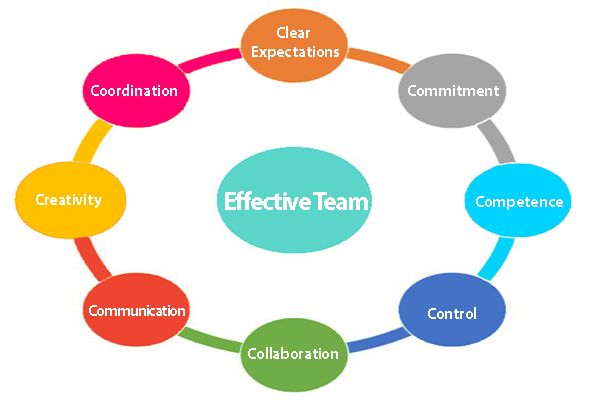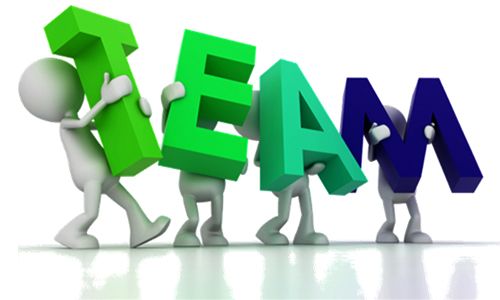Here are eight steps to building and maintaining a strong, cohesive and effective team-
- Clear Expectations:
The managers must clearly tell the team members of the expected performance and the team members must understand the reason for its creation. For it, the organization must support the team with resources of people, time and money.
- Commitment:
Team members must participate in the team, feel that the team mission is important, and show commitment to accomplishing the team mission and expected outcomes. The commitment will come if team members perceive their service as valuable to the organization and to their own careers.
- Competence:
Team members must have the knowledge, skill and capabilities, the resources, strategies, and support needed to accomplish its mission to address the issues for which the team was formed.
- Control:
The team must have not only enough freedom and empowerment to feel the ownership necessary to accomplish its charter, but also the accountability. There has to be a defined review process.

Fig: Building an Effective Team
- Collaboration:
The team should understand group processes and work effectively and cooperatively with other members of the team. For it, they have to understand the roles and responsibilities of team members, team leaders, and team recorders.
- Communication:
To make team members clear about the priority of their tasks, and receive regular feedback, team members must clearly and honestly with each other. Diverse opinions are welcome and conflicts are taken up positively.
- Creativity:
The team should value creative thinking, unique solutions, and new ideas; and reward members who take reasonable risks to make improvements. If necessary, it should provide the training, education, access to books and films, and field trips to stimulate new thinking.
The creative development of new products. new technologies. new services or new organizational structures is possible because teams may have a variety of skills needed for successful innovation.
Team members can uncover each other’s flaw and balance each other’s strengths and weaknesses. Managers should empower the team and make it accountable for the innovation process.
- Coordination:
Teams should understand the concept of the internal customer to whom they provide a product or a service. Team efforts need to be coordinated by a central leadership team that assists the groups to obtain what they need for success.













